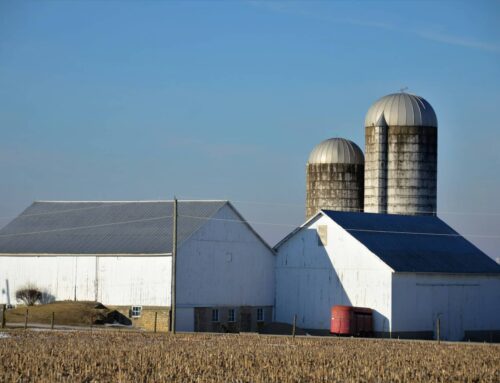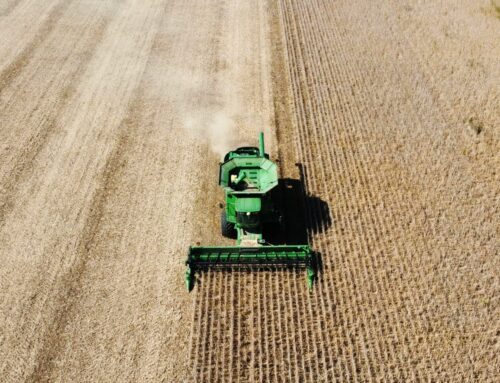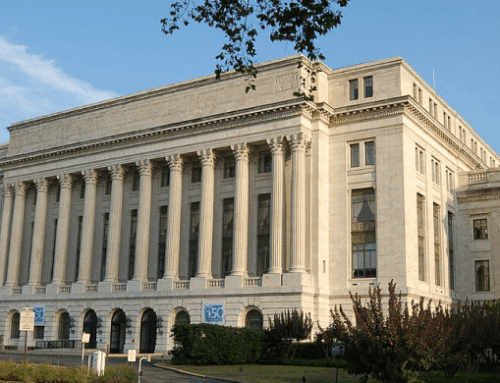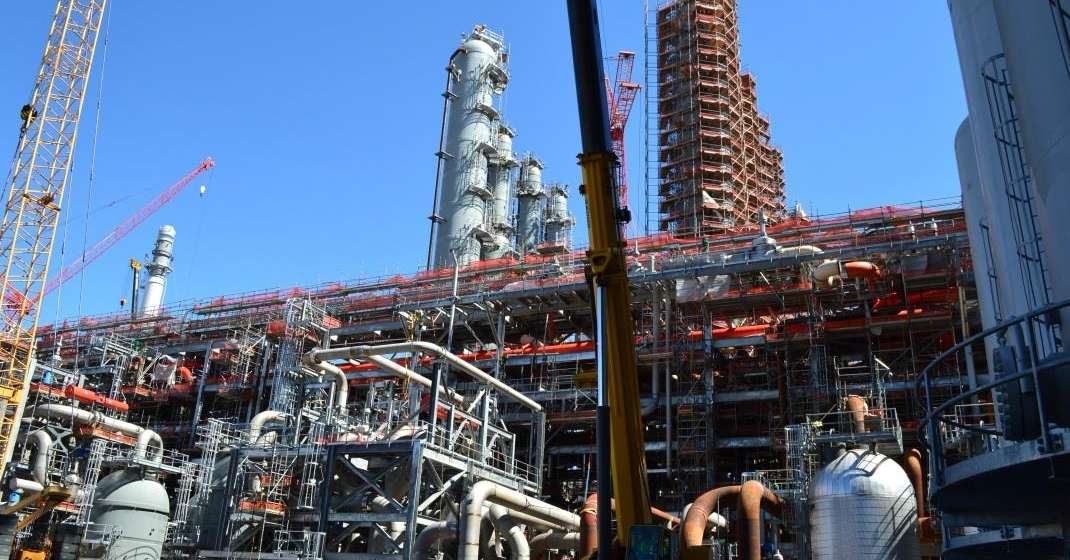The complete fact sheet is best viewed here, in PDF format.
Farming and ranching businesses face an onslaught of risks. Adverse weather, foreign competition, and market disruptions are increasingly an obstacle to financial viability for individual farmers and ranchers. In recent years lawmakers have responded to these challenges by massively increasing federal farm income subsidies through expanded farm bill entitlement programs, supplemental emergency disaster spending, and administratively generated ad hoc trade assistance programs. Increased reliance on federal income subsidies, however, poses significant risk if the subsidies over inoculate businesses from market signals and the physical realities affecting production. Taxpayers can afford a financial safety net to protect agricultural businesses from risks too complicated or costly to manage on their own. But more federal resources should be directed at identifying tools that help producers reduce their risks and removing obstacles to adoption of these tools.
Agricultural Risk – A Private and Public Concern
Agriculture is a risky enterprise. There is an element of risk in the natural growth processes of crops and livestock. In addition to the variability of genetic traits, some hogs get fatter faster, production risk involves such impacts as weather, disease, and pests. All of these elements, which aren’t directly controlled by a producer, impact the amount and quality of product harvested. Agricultural price or market risk involves uncertainty about the prices producers receive for the crops they grow and the cost of resources needed to produce these crops. The recent experience of agricultural producers who have lost access to the Chinese export market shows how subject farming and ranching can be to political or policy risk. As financial risk is made more acute because of economic disruptions caused by the trade war, the increase in frequency and severity of disruptive weather events is appearing to make physical production risks greater. With net cash farm income now at $112.6 billion with total government payments, including direct government payments as well as federal commodity insurance indemnities, constituting 26.7 percent, farmers and ranchers have an inherent interest increasing their financial resilience.
The public also has an interest in a vibrant, resilient agricultural sector. Agriculture is an important engine of economic growth at $425.3 billion in GDP. The US routinely runs a surplus in farm exports. More than 900 million acres in the U.S. is used for crop and pasture lands. Achievement of many public policy concerns, from clean drinking water, to rural development, to the survival of fish and wildlife species are all dependent on a vibrant and efficient agricultural sector. Taxpayers also have a financial interest in a viable agriculture sector. Federal expenditures on the federal financial safety net for agriculture now exceed $20 billion per year.
Conservation as a Tool for Increasing Financial Resilience
An increasing body of evidence is documenting that adoption of conservation practices can make farmers and ranchers more physically and financially resilient to production and price risk, increasing their profitability while reducing dependence on federal income subsidies.
The American Farmland Trust conducted in depth analysis of four farming operations to identify the net economic benefits they experienced from investing in various soil health practices. The operations were an almond grower in California, conventional soy-corn operations in Ohio and Illinois, and a New York business producing feed for dairy cattle. Conservation practices included reduced tillage (strip or no till), cover crops, nutrient management, and composting and mulching. Increased costs for education, machinery improvements, and cover crop seed or other inputs were more than offset by improvements in yield and reduction in other inputs. A conservative estimate of yield improvements ranged from 2-22 percent. Reductions in loss of sediment (76-96%), phosphorous (74-92%), and nitrogen (40-98%) were also observed. Most notably the return on investment ranged from 35% to 343%.
The Environment Defense Fund (EDF) commissioned a study on the impact adoption of conservation practices had on the finances of four dairy and dairy/cattle operations in Pennsylvania. The operations varied in size from as small as 70 head to 1,300 and cultivated crop lands ranging from 50 to 700 acres. Conservation practices including nutrient management, conservation till or no-till, cover crops, stream fencing and manure storage. Across the operations conservation practices resulted in decreased input costs, increased yields, and improved water quality. Notably the operation that implemented manure storage required high capital costs and offset much of the savings from other efficiencies.
The Fiscal Case for Investing in Conservation
Adoption of conservation practices can make farmers more financially and physically resilient to natural disasters, increasing their profitability while reducing dependence on federal income subsidies. At the same time increased adoption of conservation practices provides other public environmental benefits including improving water quality. There are, however, barriers to adoption. Conservation practices require investments leading to immediate costs but not necessarily immediate returns. Practices can be outside the technical capabilities of some producers. And finally, education and adoption require time commitments for producers that are already stretched.
To help producers help themselves develop into more resilient operations, lawmakers should focus on removing barriers to education, collaboration, and innovation. Particularly, federal policy should 1) Invest in programs with measurable outcomes. 2) Invest in data sharing within USDA and with partners and program beneficiaries. 3) Make long-term investments while maintaining accountability – not provide one-year funding while requiring an immediate return. 4) Increase technical assistance tailored to particular locations and abilities and delivered by local partners. 5) Increase accountability for results by fix what doesn’t work and prioritizing what works best.










